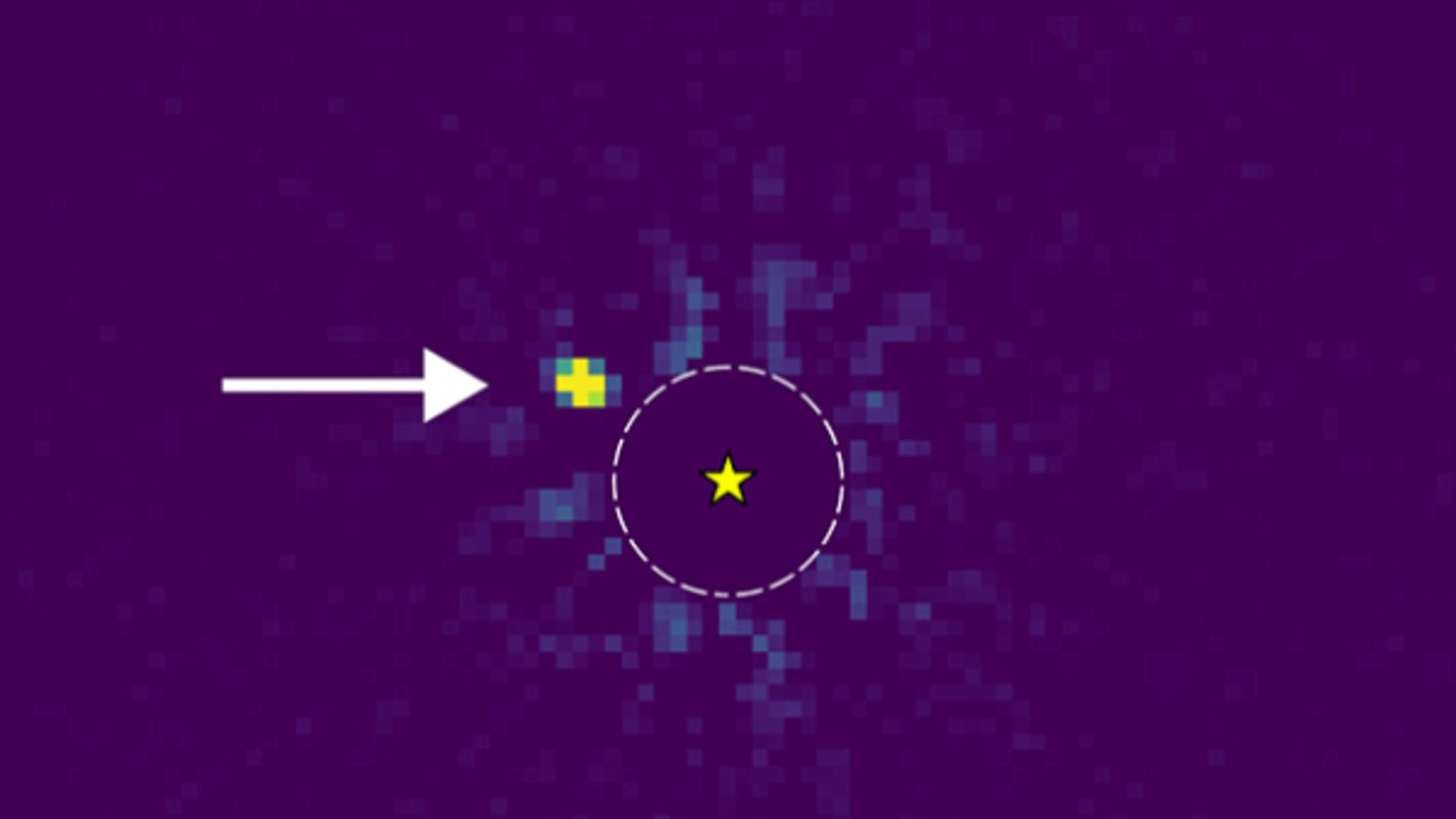Cosmic rays gave the Fantastic Four their incredible powers — but what do they really do?
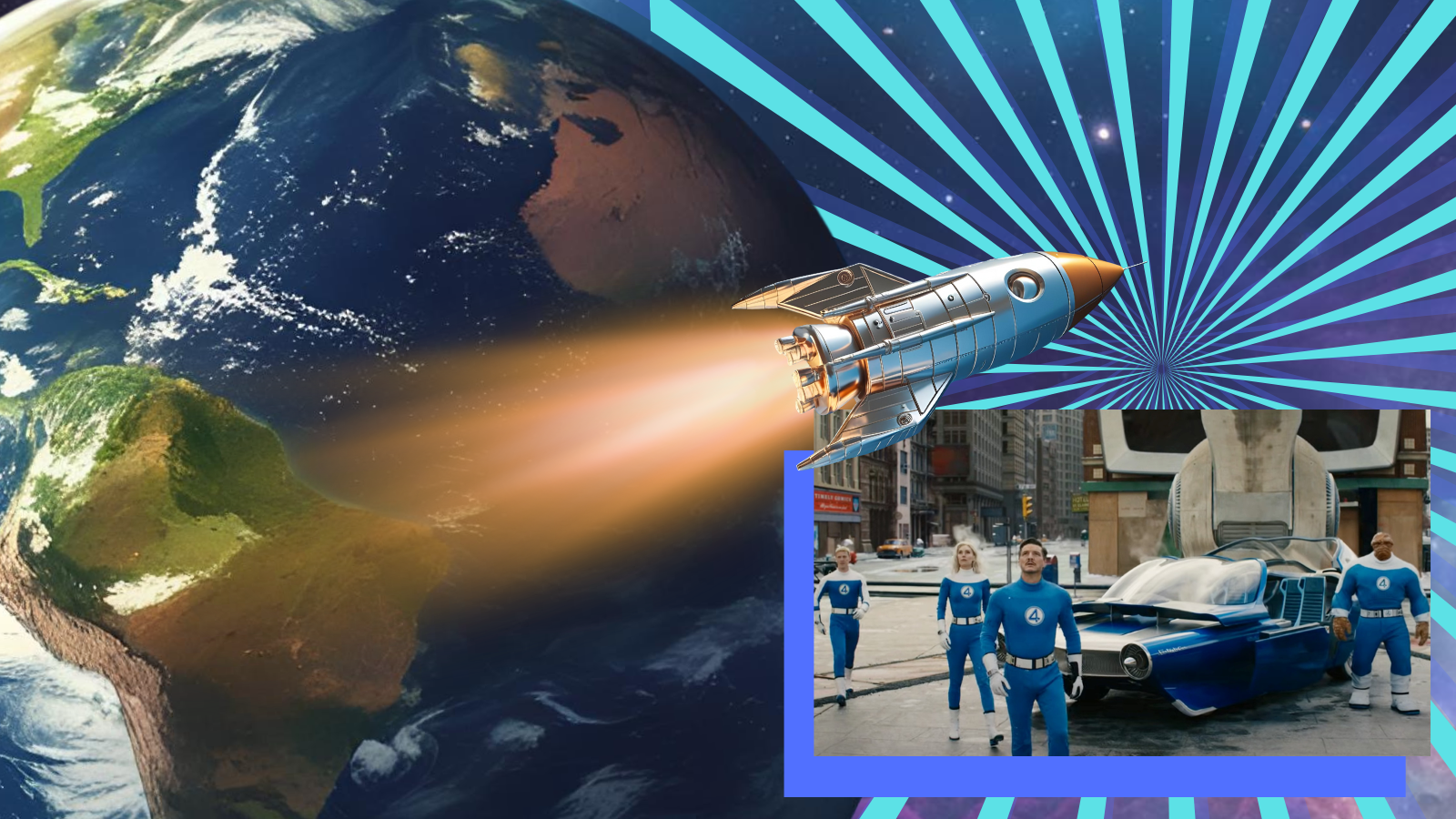
"You know we haven't done enough research into the effects of cosmic rays!"
Ben Grimm, Fantastic Four #1, 1961
Ben may have been right way back when Stan Lee and Jack Kirby created him and the rest of the Fantastic Four 64 years ago, but we know a heck of a lot more about cosmic rays today.
Back then, Grimm, who became the Thing, was right to be concerned. After all, it was during his next trip to space as he piloted a rocket built and designed by mission commander Reed Richards and carrying Sue and Johnny Storm that Ben and his comrades were bombarded with cosmic rays that gifted (or cursed in Ben's case) them with fantastic powers.
Thanks to cosmic rays, the Fantastic Four was born, heralding the "Marvel Age of Comics" and a period of unrivaled creativity for Lee, Kirby, Ditko, Romita, and many others.
Now, thanks to a six-minute special sneak peek of the upcoming movie Fantastic Four: First Steps on Disney+, we know that in the latest live-action iteration of these seminal heroes and their introduction to the Marvel Cinematic Universe (MCU), the team will also derive their powers from the "cosmic turbulence" or cosmic rays.
It's also how the Red Ghost and his Super-Apes got their powers in Fantastic Four #13, 1963, but let's not worry too much about them (the Fantastic Four never did).
So, before "Fantastic Four: First Steps" arrives in theatres across the globe on Friday (July 25), what better time to ask, what exactly are cosmic rays, and what would happen if a group of four intrepid space explorers were bombarded with this cosmic radiation?
What are cosmic rays made of?
Like the origins of other Marvel characters in the 1960s, Stan Lee plucked the term "cosmic rays" from actual science textbooks. Just like the gamma-rays that belted Bruce Banner to birth the Hulk, Lee and Kirby weren't too concerned with the details of what cosmic rays would actually do to humans.
Breaking space news, the latest updates on rocket launches, skywatching events and more!
"It's the cosmic rays!! I warned you about 'em!!"
Ben Grimm Fantastic Four #1, 1961
Though discovered via a series of balloon experiments in 1912 conducted by particle physicist Victor Hess, the term "cosmic rays" emerged in 1925, when it was coined by the University of Chicago scientists Robert Millikan.
Simply put, cosmic rays are high-energy particles from space that travel at nearly the speed of light. They begin life as atoms, which have their outer layers of electrons stripped away in a process called ionization.
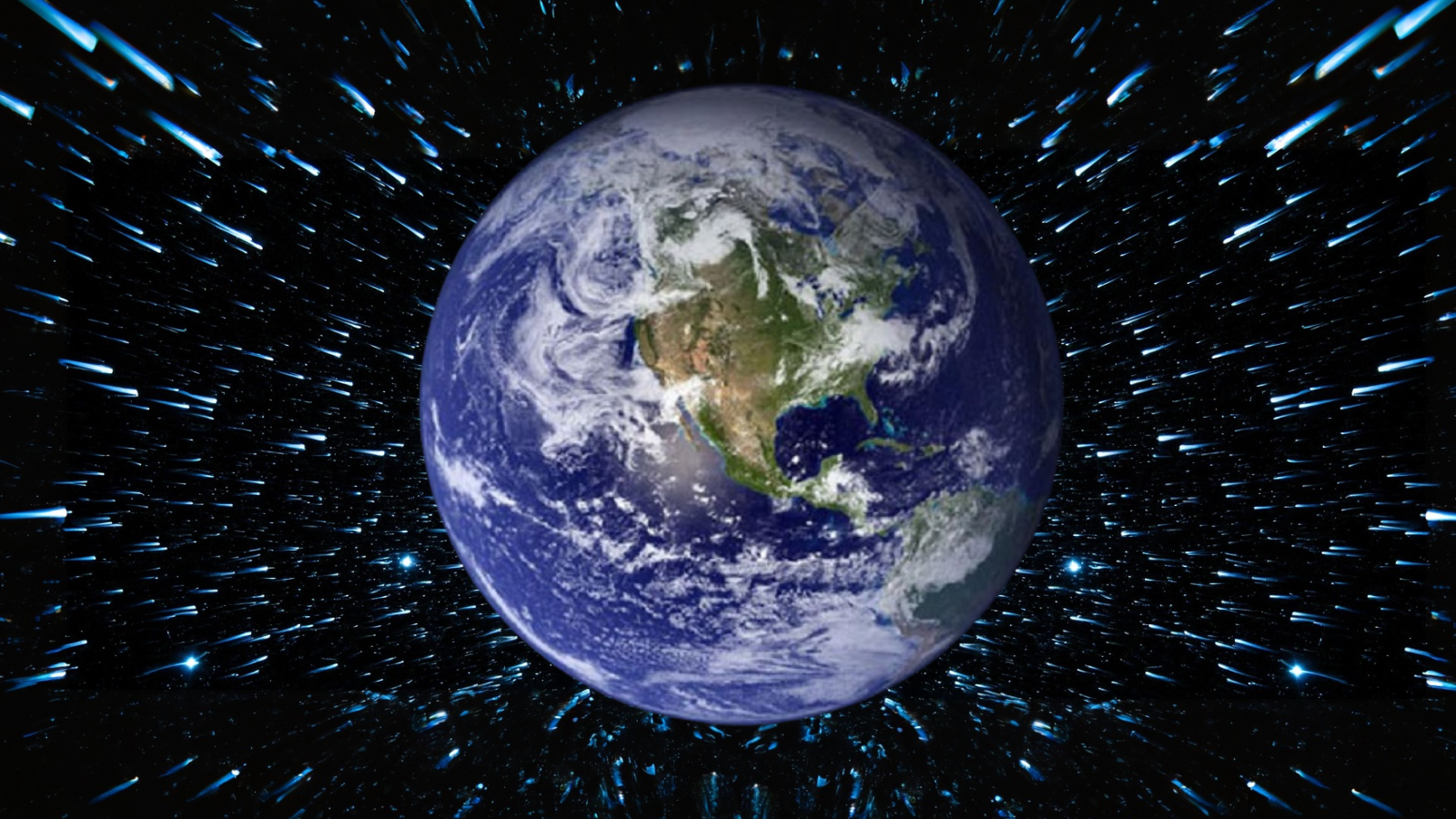
Cosmic rays are predominantly composed of protons, accounting for around 90%, helium atomic nuclei (around 9%), with the remaining 1% composed of the nuclei of heavier elements, up to elements like iron and uranium. There is also a tiny fraction of cosmic rays that is made up of antimatter particles like positrons, the antimatter equivalent of electrons.
So when the usually very smart Reed Richards says in Fantastic Four #1 that cosmic rays are "only rays of light," he's wrong. Seems like Ben was right about the further research, Reed!
As for the energy of cosmic ray particles, this can vary from around 1 million electronvolts (1 MeV) to energies equivalent to 100 million times the energies generated by the Large Hadron Collider, Earth's most powerful particle accelerator.
The most energetic cosmic ray particle ever detected was given the brilliant moniker, the "Oh My God" particle. Detected in 1991 via a glowing streak in the sky, it had 320 exaelectronvolts (EeV) of energy, the same energy as a baseball travelling at 55 miles per hour, all packed into a subatomic particle.
Where do cosmic rays come from?
Cosmic rays bounce across the universe in all directions, meaning Earth is bombarded from all sides by trillions of them. That endlessly rebounding effect occurs because, as charged particles, cosmic rays interact with magnetic fields in space that push and pull them in different directions.
"It's those rays! Those terrible cosmic rays!"
Johnny Storm Fantastic Four #1, 1961
This pinball-like effect makes cosmic rays pretty hard to trace back to their source, but the energies of these particles give scientists a good idea of the type of mechanisms that could launch them.
As you might imagine, it takes a pretty violent event or some extreme conditions to create a multitude of high-energy cosmic rays.
Some cosmic rays we receive here on Earth come from the sun, launched during powerful solar flares. However, the majority appear to come from beyond the solar system and from the wider Milky Way. Cosmic rays that come from the sun are often called "solar energetic particles" today, with those from the Milky Way referred to as galactic cosmic rays.
A small sample of cosmic rays that reach Earth seems to have originated from beyond our own galaxy. They are known as "extragalactic cosmic rays."
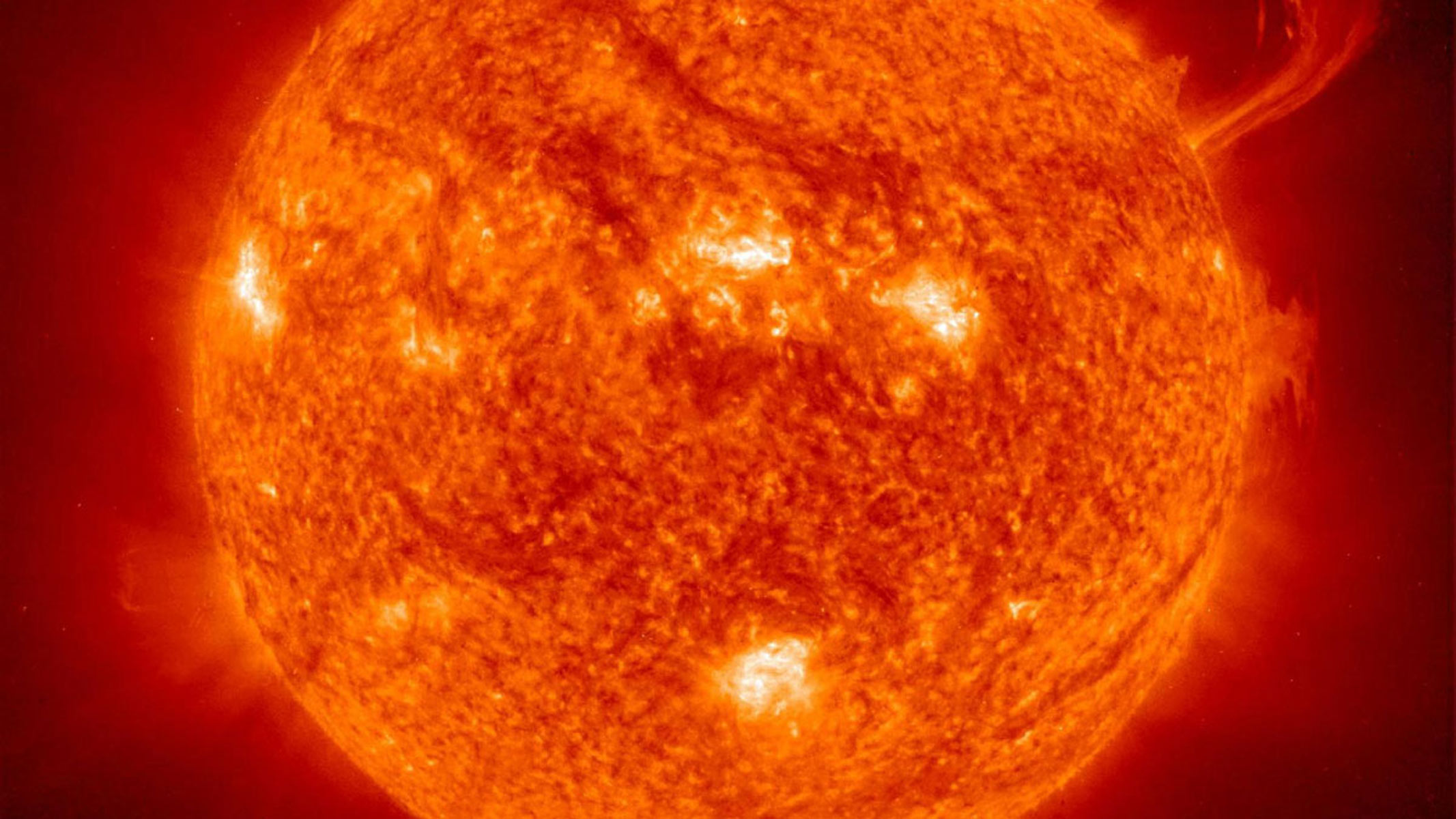
Events that create cosmic rays that stream into the solar system include the supernova deaths of massive stars, events in which supermassive black holes devour copious amounts of gas, dust and even stars that they have ripped apart with their immense gravity.
Cosmic rays can also be blasted out by highly magnetized stellar corpses called neutron stars, or when entire galaxies smash together and merge.
This means that cosmic rays can provide a window to cosmic laboratories that lie well beyond Earth, serving as "cosmic messengers" for some of the most violent events in the cosmos.
Additionally, when cosmic rays strike material in the solar system, they can create new isotopes of elements. Thus, when these space rocks fall to Earth, these unique decaying isotopes can be used to date their arrival on Earth.
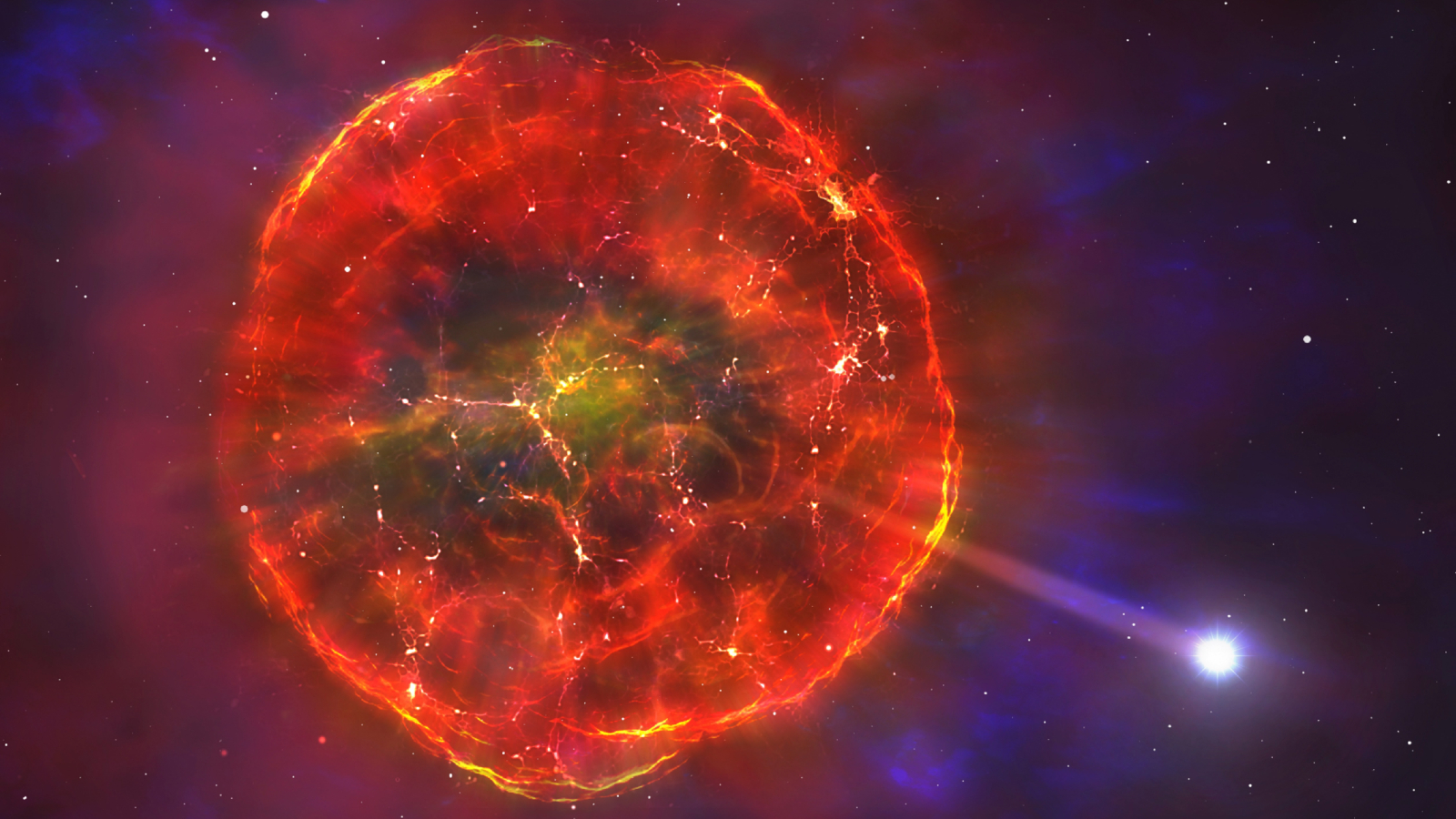
In fact, humanity's discovery of subatomic particles other than electrons, protons, and neutrons, specifically positrons and muons came in 1933 via observations of cosmic rays.
Clearly, cosmic rays aren't as "terrible" as Johnny Storm, the Human Torch, said decades ago. They have a litany of uses for scientists. But that doesn't mean you'd want to be directly exposed to them.
What would cosmic rays do to you?
Particles with high energies are classed as ionizing radiation. That means they have the potential to rip electrons away from the atoms in our bodies.
"We're still not completely safe! We still have to see whether the cosmic rays affected us in any way!"
Reed Richards, Fantastic Four #1, 1961
"Ionizing radiation is like an atomic-scale cannonball that blasts through material, leaving significant damage behind," NASA explains. "More damage can also be created by secondary particles that are propelled into motion by the primary radiation particle."
The results of unprotected bombardment from cosmic rays would be damage to our DNA, which, rather than leaving us with incredible powers, could result in nasty medical conditions, including cancer.
Trillions of cosmic rays hit Earth every day, but the vast majority of them are blocked by our planet's atmosphere and its magnetic field, or magnetosphere. That means we are protected from the harsh effects of cosmic rays.

When these charged particles collide with molecules in the atmosphere, they create showers of secondary particles called "air showers."
These can be used to detect cosmic rays, but scientists can also hunt for ultraviolet light released when secondary particles are created.
To get direct measurements of cosmic rays before they encounter the atmosphere, scientists send balloons to high altitudes right on the edge of space.
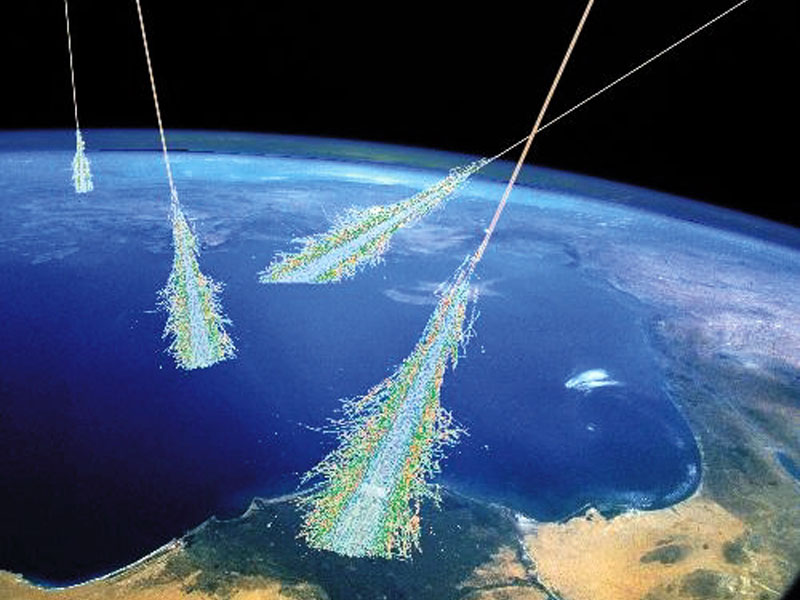
Satellites and spacecraft are also sent into Earth's orbit or further afield into the solar system to detect cosmic rays.
NASA and other space agencies are hard at work developing more and more sophisticated and advanced shielding to protect both astronauts and equipment from cosmic rays when they venture beyond the limit of our planet's protective atmosphere.
Clearly, in a spaceship with inadequate shielding, just like Reed's in Fantastic Four #1, cosmic rays could prove to be more troublesome than a Doctor Doom team-up with the Yancy Street Gang.
Like a burst of cosmic rays, "Fantastic Four: First Steps" bombards theaters across the Earth on Friday (July 25).

Robert Lea is a science journalist in the U.K. whose articles have been published in Physics World, New Scientist, Astronomy Magazine, All About Space, Newsweek and ZME Science. He also writes about science communication for Elsevier and the European Journal of Physics. Rob holds a bachelor of science degree in physics and astronomy from the U.K.’s Open University. Follow him on Twitter @sciencef1rst.
You must confirm your public display name before commenting
Please logout and then login again, you will then be prompted to enter your display name.
